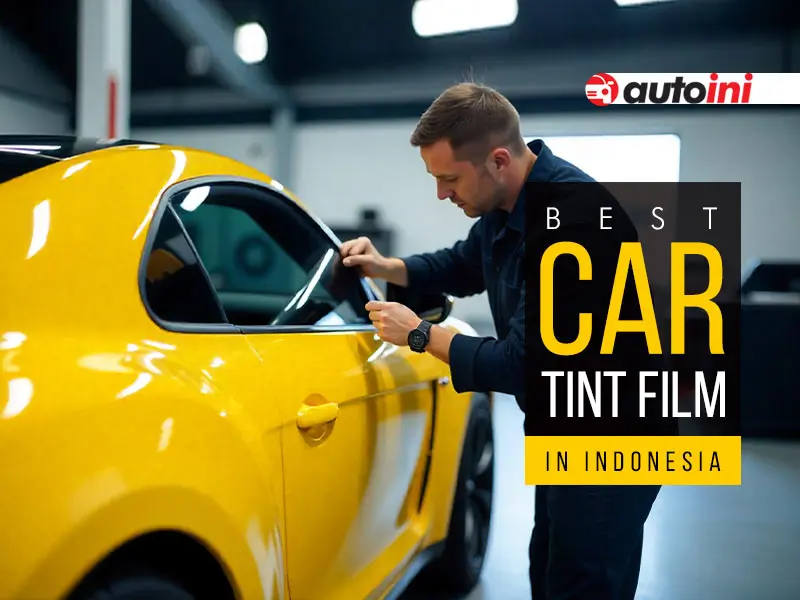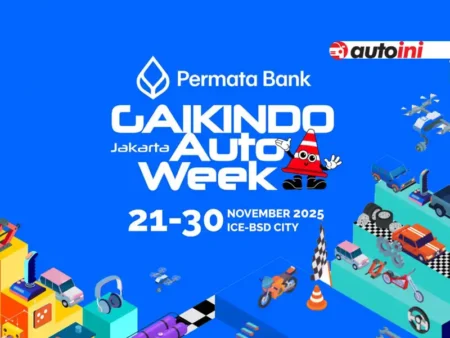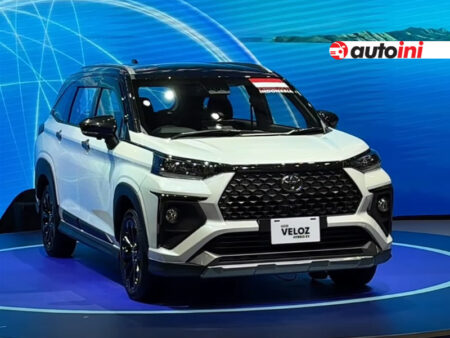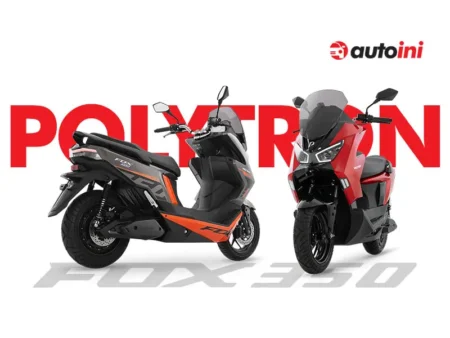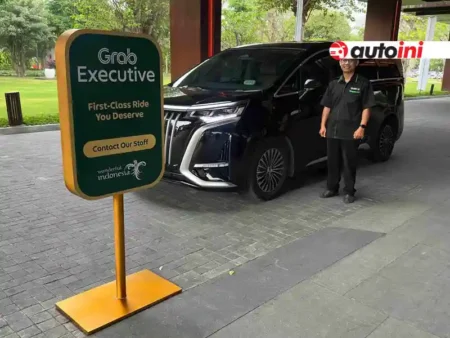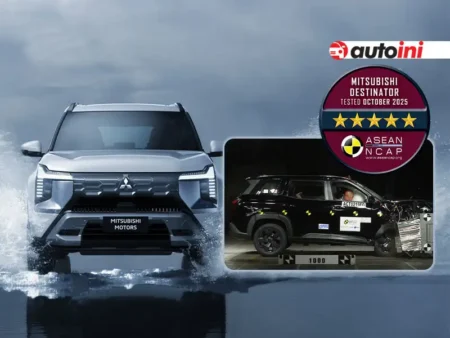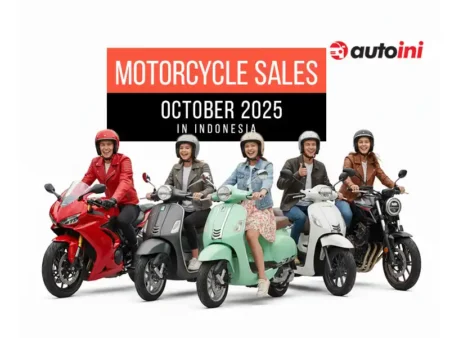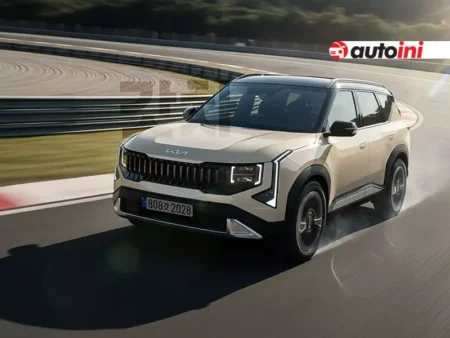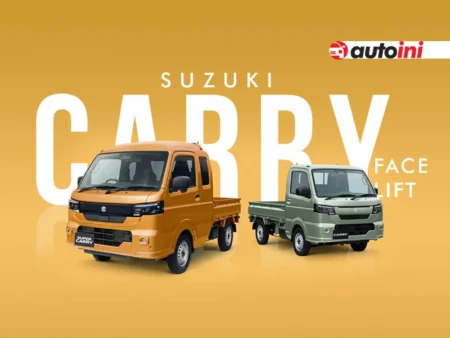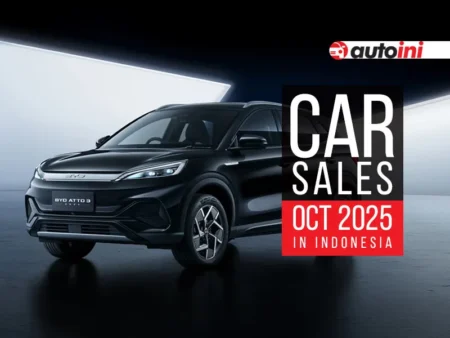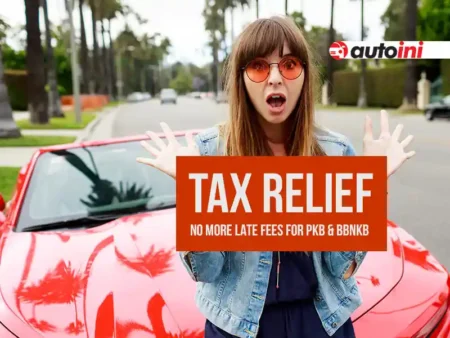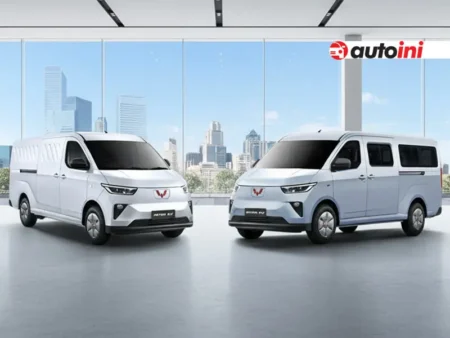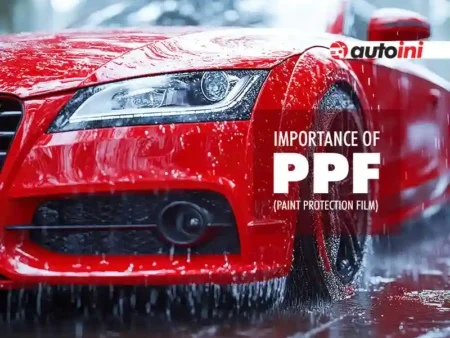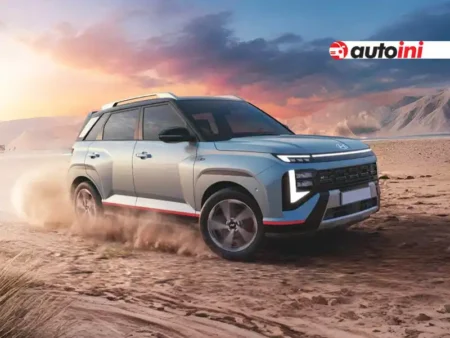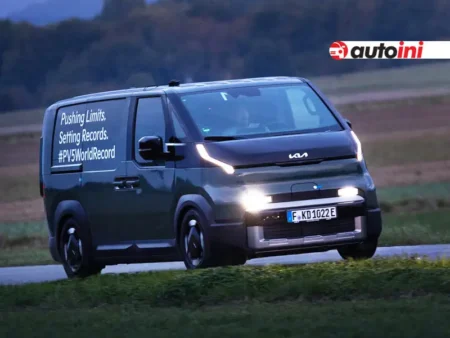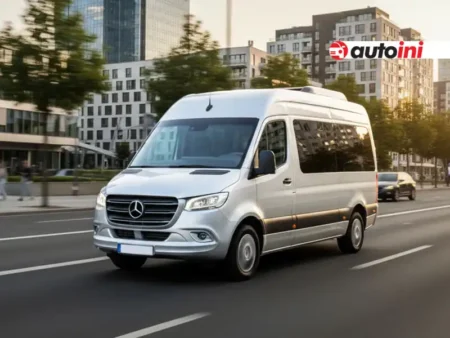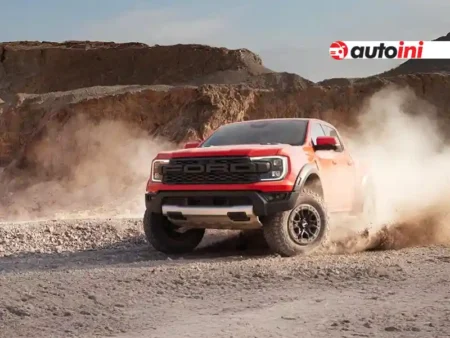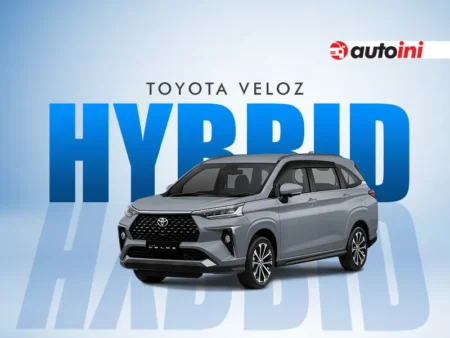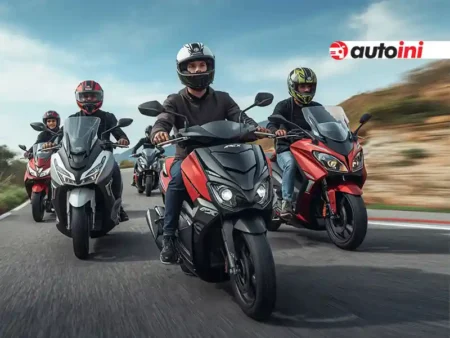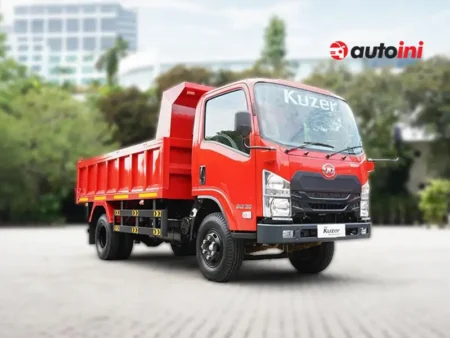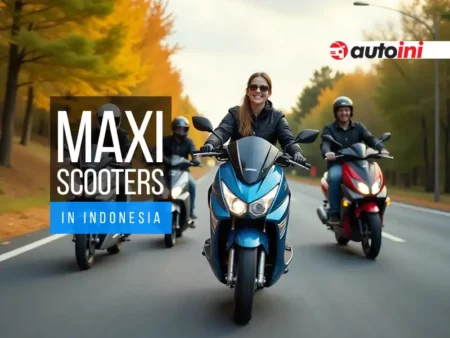Living in Indonesia, you know the drill: that scorching sun turns every drive into a sweat fest, whether you’re weaving through Jakarta‘s chaos or cruising Bali‘s coast. I’ve felt the burn firsthand—dashboard melting, AC blasting non-stop. A solid car tint film flips the script, keeping things cool and legal. In Indonesia, with hotter days and smarter tech, it’s more than vanity; it’s about comfort, safety, and smart spending. This guide pulls fresh insights to help you pick the best car tint film in Indonesia, from rules to top brands.
Good film is defined by performance you can feel. Customers deserve products that stand up to Indonesia’s intense heat and sunlight..
Dorio Venter, Director Nanoshade Film
Legal Car Tint Film Limits in Indonesia
Rules keep roads safe, and Indonesia’s haven’t budged much this year. Front windshield and side windows? At least 70% visible light transmission (VLT)—that’s light tints only. Rears can dip to 40% VLT for privacy. Enforcement’s up, with over 50,000 fines in early 2025 per safety reports, hitting urban spots hard.
Key Benefits of Car Tint for Tropical Drives
Why bother? The benefits of car tint are game-changers in our heat. Here’s a quick hit list:
- UV Shielding: Blocks 99% of rays, saving skin from burns and seats from fading—vital with UV indexes spiking 15% this year.
- Heat Rejection: Drops interior temps by 60%, easing AC load and trimming fuel use by up to 10% on long hauls.
- Glare Cut: Less eye strain in misty mornings or rainy dashes, boosting safety on slippery toll roads.
- Privacy Boost: Deters theft in packed lots; stats show tinted cars 30% less targeted.
- Shatter Guard: Holds glass in crashes, a quiet hero for families.
From my rides with tinted cabs, it’s night and day—less fatigue, more focus. With 15 million daily vehicles, these perks add up fast.
ALSO READ
What is Body Roll in a Car?
Exploring Types of Car Tint Film Options
Match your life to the film. Dyed? Cheap starters, but they fade quick. Metalized reflect heat well, though they zap signals—bad for toll tags.
Carbon’s steady: No fade, solid block, great for commuters. Ceramics rule 2025, zapping 95% infrared with crystal clarity. Hybrids mix it up, surging 25% in sales.
| Types of Car Tint Film | Heat Rejection | UV Block | Durability | Best For |
|---|---|---|---|---|
| Dyed | Low (30-40%) | 99% | 3-5 years | Budget runs |
| Metalized | Medium (50-60%) | 99% | 5-7 years | Trucks |
| Carbon | High (60-70%) | 99% | 7-10 years | City privacy |
| Ceramic | Very High (80-95%) | 99.9% | 10+ years | Hot zones |
| Crystalline | Ultra (90%+) | 99.9% | Lifetime | Premium rides |
Car Tint Prices in Indonesia: What to Expect
Affordable upgrades await. Basics run 1.5-2.5M IDR for sedans; ceramics hit 3-5M IDR with warranties. SUVs? Add 1-2M IDR for size. Premiums like crystalline top 6-8M IDR.
Local production shaved 5-10% off prices this year, but cities tack on extras. Market’s at 80M USD, up 7%. Compare shops—I’ve scored deals bundling with cleans.
ALSO READ
Denza D9 Joins GrabExecutive: Quiet Luxury Hits the Roads with Grab
Top 4 Popular Brands for the Best Car Tint Film in Indonesia
Zero in on winners blending types of car tint film with legal tint limits in Indonesia. Here are four standouts:
- 3M: Over 55 years strong, their Ceramic IR series nails 99% UV block without signal fuss. Mid-range at 3-4M IDR, 5-year warranty—trusted for clarity in humid spots.
- Nanoshade Film: Rising nano-tech star, their films deliver 99% IR rejection and up to 100% UV Block with eco-twists. Budget-friendly 2-3.5M IDR, 7-year back—gaining traction in Java for clear, durable installs.
- V-Kool: Heat kings, rejecting 94% infrared. Sleek for luxury rides, around 4-6M IDR. Popular in Bali for non-fade vibes.
- Llumar: Versatile CTX ceramics offer value, 80% heat cut at 2.5-4M IDR. Lifetime options shine for families, no purple haze.
Test in sunlight; these fit benefits of car tint like a glove.
Wrapping it, the best car tint film in Indonesia smartens your drive—cooler, safer, styled. Dodge fines, hug those benefits of car tint, and pick a brand that lasts.
How to Pick the Best Car Tint Film for Your Car
Picking the best car tint film in Indonesia is simple if you focus on your real needs instead of just the darkest shade. Think about where you drive most—city traffic, long highways, or coastal roads—then choose a film that blocks serious heat, protects your skin, and won’t mess with your e-toll or phone signal. Always test the film under real sunlight, ask for the official VLT certificate to stay legal (70% front, 40% rear), and insist on a proper warranty card. A good ceramic or nano-ceramic film costs a bit more but easily lasts 7–10 years without fading or bubbling, while cheap dyed films disappoint in less than two.
Quick checklist before you pay:
- Non-metallized film if you use e-toll/GPS daily
- At least 90% IR rejection + 99% UV block
- Ceramic or nano-ceramic for daily outdoor parking
- Original warranty card with clear VLT numbers
- Compare 2–3 trusted workshops
Do that, and you’ll get a tint that keeps you cool, safe, and ticket-free for years.
Frequently Asked Questions
What Are the Main Benefits of Car Tint for Hot Indonesian Summers?
Benefits of car tint shine here: cooler cabins by 15-20°C, 99% UV block against traffic-time burns, and privacy in markets. For “benefits of car tint reducing AC costs in humid weather,” count 5-10% fuel wins.
How Do Car Tint Prices in Indonesia Vary by Vehicle Type?
Car tint prices in Indonesia? 1.5M IDR for Avanzas, 4-6M for SUVs. On “car tint prices Indonesia for EVs 2025,” ceramics add 500k IDR for heat-safe, signal-free fits.
Which Types of Car Tint Film Are Best for Rear Windows Under Legal Limits?
Ceramic or carbon types of car tint film nail 40% VLT rears with 80% heat zap. For “types of car tint film for MPVs with kids in coastal areas,” shatter-proof ceramics fend off salt fade.

